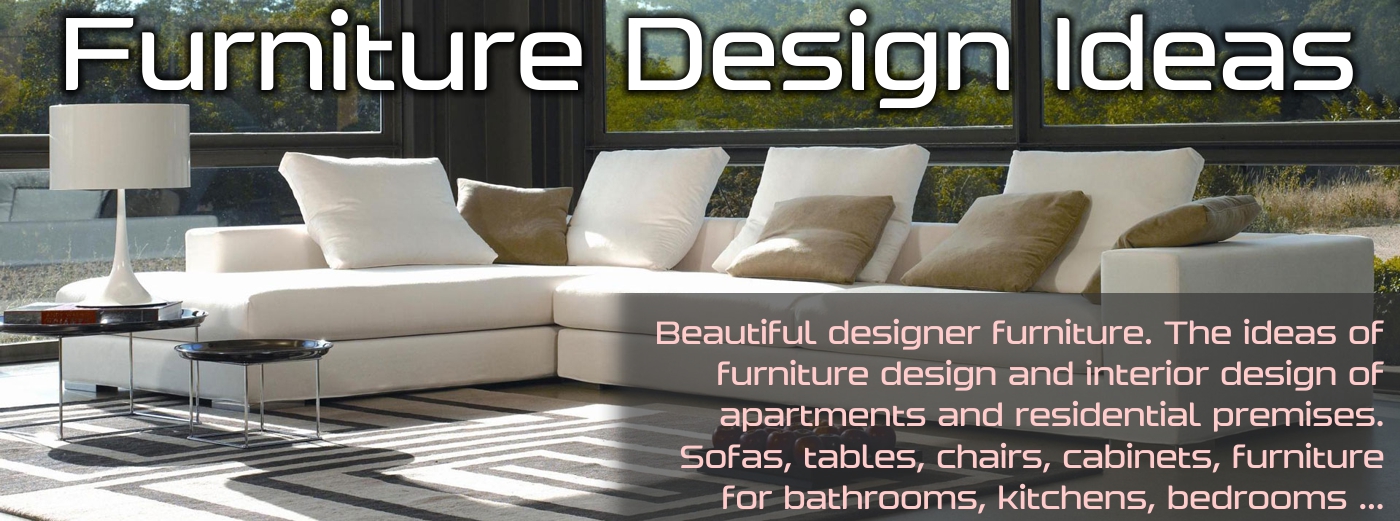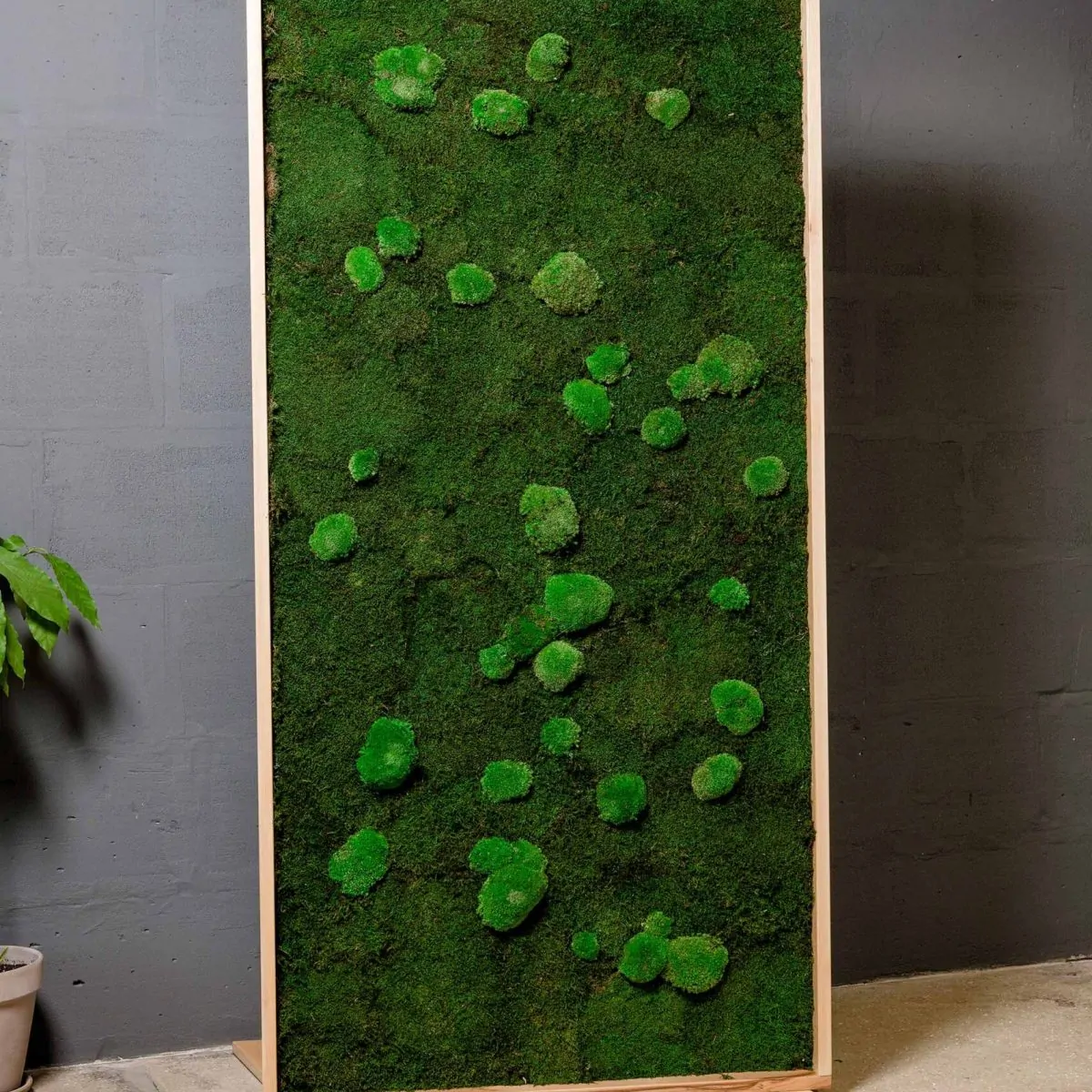
|
4 |
|
The sweeping curves of a cabriole leg are cut on a band saw. Since the shape of the leg must be outlined on two adjacent sides of the blank, short bridges of solid wood are left in the kerfs when the cuts are made on the first side. This way, the outline on the adjacent face will not be lost. Once the second side is cut, the bridges are severed. |

|
|
|||||
|
|
||||
|
|
|
|||



![]()
|
|
Curved stretchers
An elegant feature of a frame chair, this style of stretcher can be fashioned from bent-laminated stock or cut on a band saw, attached to the legs with dowels
|
|
Cross stretchers
An attractive style for slab-and-stick chairs, but challenging to design and make; the stretchers meet with a lap joint at the center. They are cut on a table saw (page 106) and joined to the legs with round mortise-and-tenons
|
|
Turned stretchers
Ideally suited to slab-and-stick chairs with turned legs; produced on a lathe and joined to the legs with round mortise-and-tenons (page 103)
|
|
5<uare stretchers
A simpler variation of the cross stretcher well suited to frame chairs (page 107); stabilizes the legs
|
|
H stretcher with rear-leg stretcher
A variation of square stretchers that adds a stretcher between the rear legs and the square stretchers of a frame chair, provides strength while serving as a stylistic embellishment
|







